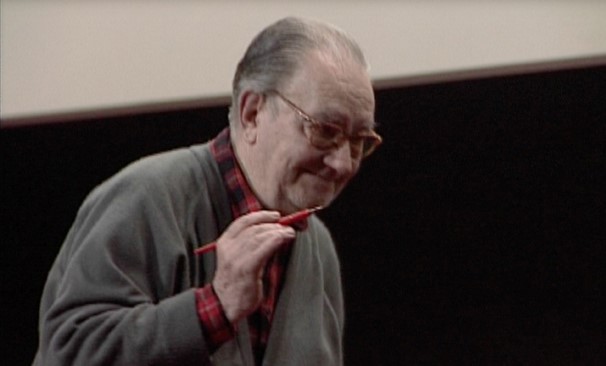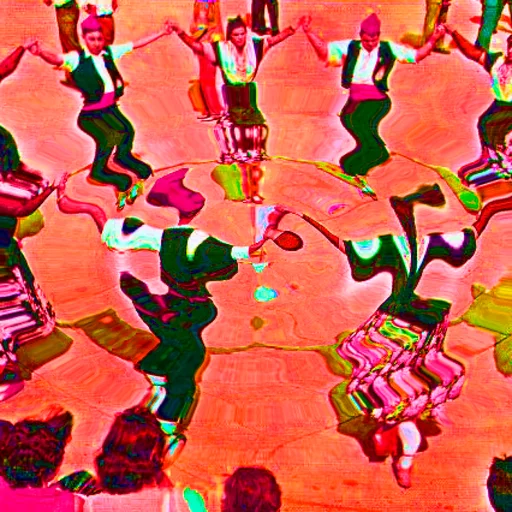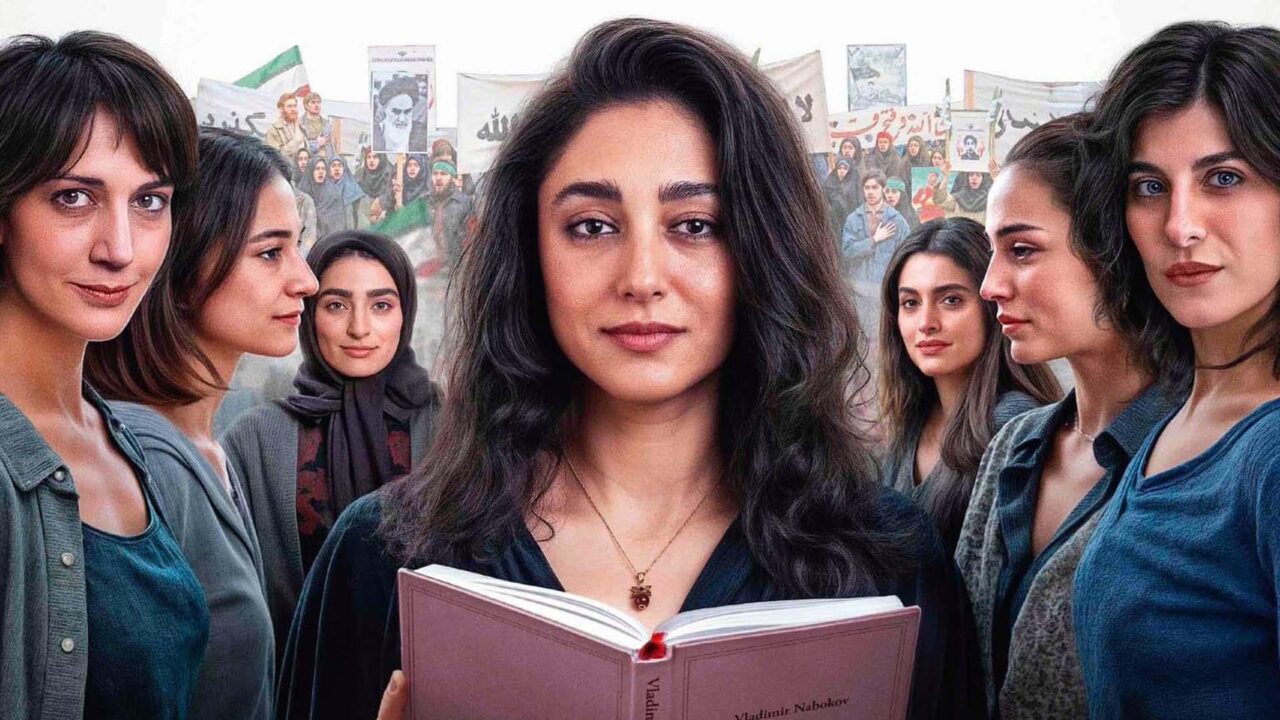Tuesday of video / Flux Summa: Joan Brossa
Joan Brossa (Barcelona 1919-1998) was a poet in the broadest sense of the word, since he produced poetry of all kinds in an act of creative freedom. At the same time, his eagerness to collaborate led him to explore new horizons, to carry out a wide variety of projects with other artists and to take an interest in everything that escaped the written word.
He was a poet, playwright and visual artist, although he called everything he did “poetry”. He is possibly the most important Catalan avant-garde poet of the second half of the 20th century. He was one of the founders of the avant-garde art group Dau al Set (1948) and one of the first advocates of visual poetry in Catalan literature. His creative work embraced all aspects of art: poetry, prose, cinema, theatre, music, cabaret, the performing arts, magic, the circus and the plastic arts. In fact, for Brossa there was no difference between the various genres; he stated that “artistic genres are different means of expressing an identical reality. They are the sides of the same pyramid that coincide at their highest point”.
Joan Brossa produced an extensive body of work. In the 1940s he met the poet J. V. Foix, one of his literary references, as well as the philosopher Arnau Puig and the artists Modest Cuixart, Joan Ponç, Antoni Tàpies and Joan-Josep Tharrats. With them he founded the avant-garde group and magazine Dau al Set (1948), in which he collaborated with surrealist texts that consisted of writing dreamlike and hypnagogic images close to psychic automatism. This was the beginning of a wide-ranging literary oeuvre that used language as a means of experimentation and led the author into visual poetry, drama, sculpture and performance. The elements of his poetry, such as irony, association, decontextualisation and the rejection of the differentiation between word and object, crystallised in the making of objects. Although in his surrealist beginnings he had already constructed a couple of three-dimensional objects, from 1967 onwards Brossa devoted himself fully to the world of objects, a field without the restrictions of language that he would never abandon. The eighties and nineties were very fertile years in terms of his visual production, which revealed the concerns that had been accumulating throughout his poetic itinerary: the investigation of everyday magic, social denunciation and transgression. At the end of his life, Brossa received wide recognition with numerous translations of his written work, exhibitions of his artistic production and awards, which made him one of the leading figures of the Catalan avant-garde.
In addition to his literary output, Brossa’s plastic production could be seen in numerous exhibitions and retrospectives such as the Fundació Joan Miró in Barcelona (1986), the Museo Nacional Centro de Arte Reina Sofía in Madrid (1991), the Palau de la Virreina in Barcelona (1994), the Institut Valencià d’Art Modern in Valencia (1997), the Fundació Joan Miró in Barcelona (2001) or the MACBA (2018), among others. On the international scene, Brossa’s presence at Art’20 in Basel (1989), at the São Paulo (1994) and Venice (1997) biennials, and his solo exhibitions in Munich (1988), New York (1989), Ceret-Colliure (1990), Houston (1990), London (1992), Marseille (1993), Malmö (1993), Paris (1995), Kassel (1998) and Mexico and Monterrey (1998), among others, should be mentioned.
In this session we will see a video about Joan Brossa, with the participation, among others, of Josep Palau i Fabre, Enric Casasses, Feliu Formosa, Carles Hac Muere and Lluís Solà, as well as Brossa himself.





